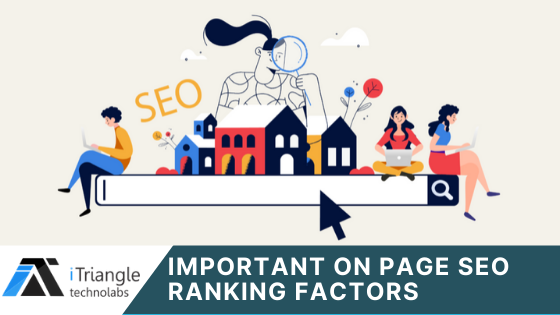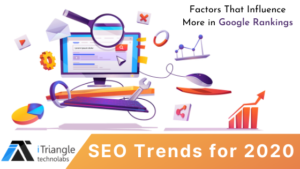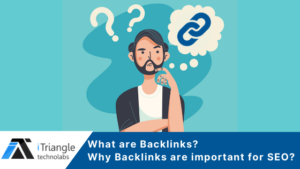
Table of Contents
What is On-Page SEO?
On-page SEO is the method of optimizing website page content for search engines and users. Common on-page SEO methods include optimizing heading tags, title tags, content, internal links and URLs.
This is opposed from off-page SEO, which is optimizing for signals that happen off of your site.
Why on page seo is important?
On-page SEO is beneficial because it helps crawlers understand your site and its content. Because it is an necessary part of SEO that can help you getting higher rankings, reach a bigger audience and get more organic traffic.
What are on-page SEO factors?
On-page optimization consists of many steps. Here’s a list of the important on-page SEO factors that have a influence on the success of your website.
Meta tags
Meta tags are a part of the HTML code. They describe website’s content.meta titles and meta descriptions are most important. Add your main keyword in title & description.
| Meta titles : | 50-60 characters |
| Meta descriptions : | 150-170 characters |
There are many tools and plugins (e.g. Yoast for WordPress) analyzing your content in terms of focus keyword usage in meta title, meta description, headings, overall keyword density, alt tag (image attributes) and others.
Keyword Research
Keyword research is one of the basic and important tasks of SEO. In this task,you will learn how to find your niche and how to find profitable keywords you can rank for. You can use google keyword planner for keyword research.
Content
The content with proper optimization would rank and the website traffic will be high. You simply have to know what keywords to target to generate enough quality traffic. Avoid duplicating content.
Select focus keyword and use it in:
- The heading
- Title tag and meta description
- One of the first paragraphs of the text
Also use keyword couple of times in the text (depends on the length of the keyword too)
Instead of using the same keyword again, you try to look for LSI keywords.
LSI (Latent Semantic Indexing) keywords are keywords that are semantically related to the main seed keyword. They are a great add-on to keyword research. LSI keywords updated based on the current trend. Adding LSI keywords to your content is a good idea.
Heading Tags:
Heading tags in pages help us to understand the structure of the page for crawler.”Use your main keyword in title tag(H1) & H2 tag.
Click-through Rate (CTR)
CTR is an extremely important concept in search engine marketing. Click-through rate is the percentage of people who click on your ad after seeing your ad.In SEO, your CTR is going to determine whether you maintain your ranking.
Canonicalization
A canonical tag (aka “rel canonical”) is a path of telling search engines that a specific URL represents the master copy of a page. By using the canonical tag prevents problems which are caused by identical or “duplicate” content seeing on multiple URLs. Practically speaking, the canonical tag tells the search engines which version of a URL you want to appear in the search results.
Use SEO-friendly URLs
Use URLs related to your content and its title. Also add main keyword in url. Google recommends using hyphens (-) instead of underscores (_) in URLs. Do not use capital letters in your URLs and Keep URLs Short.
For Example :http://itriangletechnolabs.com/search-engine-optimization
Multimedia
Do you want to engage your visitors? Use images, info-graphics, charts and videos for your content. So, you lead to lower bounce rates and higher engagement. Video streaming has been one of the hottest marketing trends.Furthermore, they motivate people to like, share or comment on your content.
Outbound Link
Inbound or Internal links are a perfect way to promote your other articles or website sections which makes it easier to visit and leads to higher engagement for your content. Internal linking also helps Google bots to understand the website structure or layout means what your content is about.
Inbound Link
Outbound link or External link is a hyperlink that directs the reader to a reputable page on a different website.Linking to trustworthy material (from authority sites) helps you also appear to be an authority and can help Google figure out what your content is about for SEO purposes.For instance, if you publish a blog post with useful content, another company may link it as a source for their own blog. These types of links to your site are key for boosting your ranking in Google’s search algorithm.
Alt tag
An alt tag, also known as “alt attribute” and “alt description,” is an HTML attribute applied to image tags to provide a text alternative for search engines. ALT tags are used to describe the image or what the image is representing. The content of the alt text is a helpful signal for search engines to understand what your page is all about.



